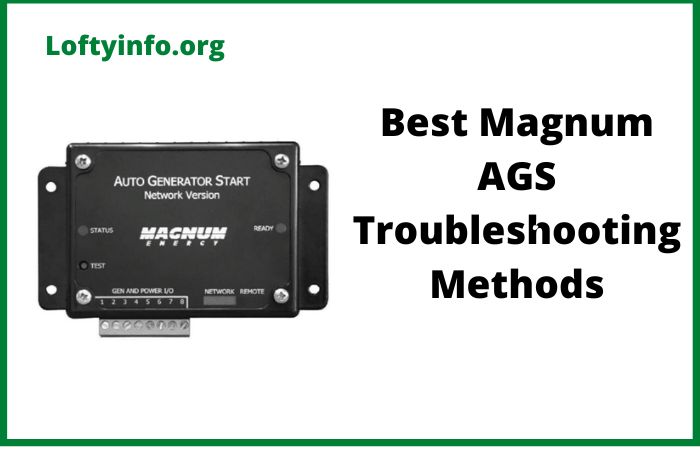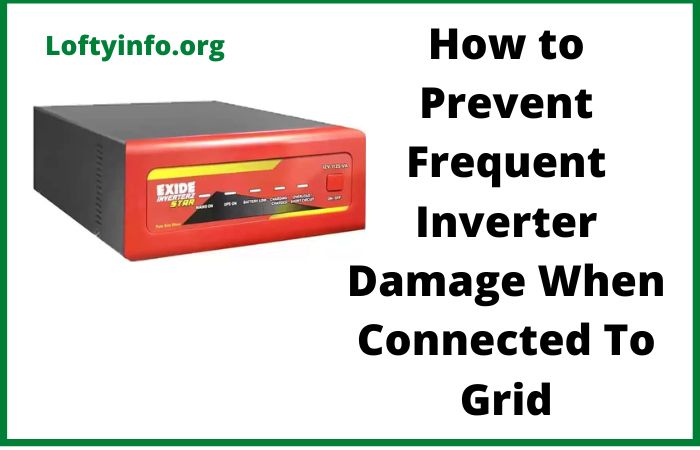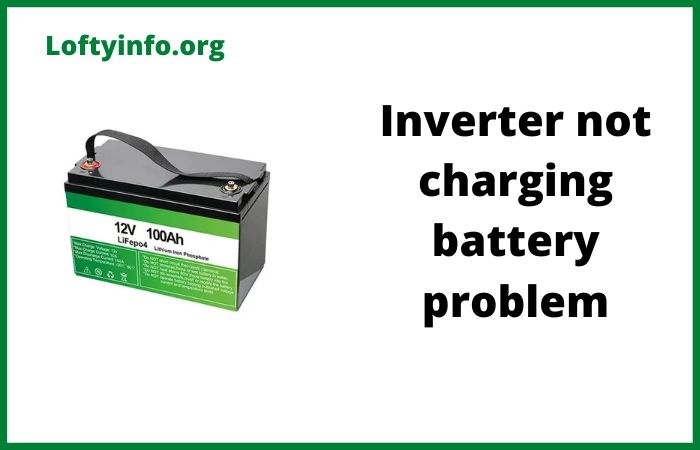How to Get the Best From Your Solar Setup
You’ve made a significant, smart investment in a solar energy system.
You’ve taken a powerful step towards energy independence, lower utility bills and a smaller carbon footprint.
However, installing solar panels is just the first step.
The journey to maximizing your return on investment (ROI) is an ongoing one.
Many new solar owners operate on a “set it and forget it” mentality, only to be disappointed when their savings aren’t as high as they expected.
The truth is, how to get the best from your solar setup involves a combination of smart habits, simple maintenance, and active monitoring.
This guide will provide a comprehensive expert breakdown of every step you need to take to ensure your system is performing at its absolute peak, squeezing every last free electron from the sun and turning it into tangible savings for your home.
How to Get the Best From Your Solar Setup
1) Master Your Energy Consumption: The Art of Load Shifting
This is, without a doubt, the single most impactful strategy to get the best from your solar setup and it costs you nothing.
Load shifting is the practice of consciously changing when you use your high energy appliances.
Your solar system produces the most electricity in the middle of the day, typically from 10 a.m. to 4 p.m., in a bell-shaped curve that peaks at solar noon.
Your goal should be to align your home’s energy consumption with this production curve.
Why? Because the electricity you generate and use immediately (a concept called “self-consumption”) is the most valuable.
Every kilowatt-hour (kWh) you self consume is one less kWh you have to buy from the grid, saving you the full retail rate.
The excess power you export back to the grid is often credited at a much lower “feed-in tariff” (FiT).
In many cases, you might sell your power for $0.05/kWh only to buy it back in the evening for $0.30/kWh.
This is a poor financial trade.
By load shifting, you flip this equation in your favor.
Get into the habit of running your “big three” high draw appliances during peak sunshine hours: the dishwasher, the washing machine and the clothes dryer.
If you have an electric vehicle, set its charger to operate during the day instead of overnight.
The same goes for pool pumps, electric hot water heaters on a timer and even running the air conditioner to “pre-cool” the house before the evening peak.
This one behavioral change will dramatically increase your self consumption and slash your reliance on expensive grid power which is the primary key to optimizing your solar savings.
2) Become an Active System Monitor
You cannot optimize what you do not measure.
Your solar system almost certainly came with a monitoring application for your phone or a web-based portal.
This is not just a novelty to check once a week; it is your most powerful diagnostic tool.
Make it a habit to check your system’s production daily.
By doing so, you will quickly establish a mental baseline for its performance.
You’ll learn what a “good” sunny day looks like versus an “overcast” day.
This baseline is your early warning system.
If it’s a bright clear day but your system is inexplicably underproducing, you know you have a problem.
This allows you to be proactive, identifying issues weeks or months before they would otherwise be noticed on a high utility bill.
If your system has microinverters or power optimizers, your app may even show you panel-level production.
This is incredibly valuable.
You might see that one specific panel is producing 50% less than its neighbors, indicating it could be excessively soiled, permanently shaded by a new obstruction like a satellite dish or growing branch or potentially faulty.
Without active monitoring, a single faulty panel or a tripped breaker could go unnoticed for an entire season, costing you hundreds of dollars in lost production.
Check your app, understand its graphs and become the most informed manager of your home’s power plant.
3) Conduct Routine Panel Cleaning and Visual Inspections
Solar panels are remarkably durable but they are not self-cleaning.
A layer of dust, grime, pollen, bird droppings or wildfire ash acts as a film that blocks sunlight from reaching the solar cells.
This is a form of “micro-shading,” and its impact is far from minimal.
Studies have shown that dirty solar panels can lose anywhere from 5% to 30% of their efficiency depending on your local environment.
You would never accept a 30% reduction in your financial investment’s performance so don’t accept it from your panels.
Plan to clean your panels at least once or twice a year.
If you live in a particularly dusty area or near a highway, you may need to do it more frequently.
For most single-story homes, this can be a DIY job using a long-handled, soft-bristle brush and a regular garden hose ideally with a water de-ionizer to prevent mineral spots.
Never use a high-pressure washer as it can damage the seals and avoid harsh detergents.
For safety and best results especially on two-story homes, hire a professional, insured solar panel cleaning service.
While they are cleaning or during your own visual inspection from the ground, look for any potential issues like cracked glass, visible hot spots like discoloration or loose racking components.
A clean panel is a productive panel.
4) Aggressively Manage and Eliminate Shading
Shading is the absolute nemesis of solar production.
While a small shadow on a single panel might seem insignificant, it can have a disproportionately large impact on your entire system’s output.
This is especially true for older or simpler “string inverter” systems. In this setup, panels are wired together in a series (a “string”).
If just one of those panels is shaded, its performance drops, and it can drag down the output of every other panel in that same string, acting like a kink in a garden hose.
Even modern systems with microinverters or optimizers, which mitigate this “all or nothing” effect, will still suffer a direct loss of production on any shaded panel.
The problem is that shade is not static. A tree that was small when your system was installed five years ago may now cast a significant shadow across your array during peak afternoon hours.
A new neighbor’s chimney, a new vent pipe or even a sagging power line can all create new shading problems.
You must be vigilant. Conduct a “shade audit” at different times of the day and different times of the year.
If the culprit is tree growth, proactive and strategic trimming is non-negotiable.
This regular maintenance is one of the highest-ROI activities you can perform to keep your system at its peak.
5) Optimize Your Solar Battery Storage (If Equipped)
If your system includes a battery, you have an even more powerful tool for optimization.
A battery’s effectiveness depends entirely on its settings.
Most modern battery systems can be controlled via an app and have several modes.
The most common and useful for most people is “Self-Consumption” or “Maximize Savings” mode.
In this mode, your excess solar energy during the day first charges the battery.
Then, as the sun goes down and your panels stop producing, your home automatically begins drawing power from the battery instead of the grid.
This allows you to use your own stored solar energy all through the evening, drastically reducing or even eliminating your grid imports.
Another advanced mode, if your utility offers “Time-of-Use” (TOU) rates which is “Time-Based Control” or “Arbitrage.”
In this mode, the battery will intelligently charge from your solar or even the grid if it’s super cheap and then only discharge during the expensive “peak” evening hours, saving you the most money possible.
Ensure your battery isn’t just set to Backup Only as in this mode it will sit full and do nothing, just waiting for a power outage.
Review your battery’s settings and ensure they are aligned with your financial goals and your utility’s rate structure.
6) Understand Your Utility’s Rate Structure (Net Metering & TOU)
You cannot win the game if you don’t know the rules.
How to get the best from your solar setup financially depends entirely on understanding your electric bill and the specific “rate structure” you are on.
If you have net metering, your utility gives you a one-to-one credit for every kWh you export.
This is the simplest and best-case scenario.
Most modern plans are Time of Use (TOU).
This structure is a game-changer.
Under Time Of Use, electricity has different prices at different times of day.
There’s typically a cheap “Off-Peak” period like between 12 a.m. to 3 p.m., a mid-level “Partial-Peak” period and an extremely expensive “Peak” period like 5 p.m. to 9 p.m.
This peak window is when solar production has stopped but home energy use like cooking, lighting and AC is at its highest.
Your goal must be to never import energy from the grid during this expensive peak window.
This is where load shifting and battery optimization become your superpowers.
By using your battery to power your home from 5 p.m. to 9 p.m., you are directly avoiding the most expensive electricity and multiplying your savings.
7) Keep Your Inverter Healthy and Unobstructed
Your solar inverter is the brain and the workhorse of your entire system.
It’s the device often a large box on the wall in your garage or on the side of your house that converts the DC power from your panels into the AC power your home can use.
This conversion process generates a significant amount of heat.
Inverters are designed to handle this but they rely on their heat sinks and internal fans to stay cool and operate efficiently.
A common mistake is to treat the area around the inverter as a convenient storage spot.
Do not stack boxes, lean surfboards or store garden tools in front of your inverter.
You must maintain clear, unobstructed airflow around the unit at all times.
Periodically, use a vacuum brush or canned air to gently clean the air intake vents and heat sink fins, which can get clogged with dust and cobwebs.
An inverter that is constantly overheating will “throttle” its own performance to protect itself, reducing your energy production, and will ultimately have a much shorter lifespan.
A quick check for error codes or warning lights on its display should also be part of your routine.
8) Schedule Periodic Professional Maintenance
Finally, while you can handle 90% of the optimization yourself, it is wise to schedule a professional “check-up” every 2-3 years.
You are the system’s manager, but they are the qualified electricians.
A professional solar technician will perform critical tasks you cannot.
They will use a torque wrench to check that all racking bolts on your roof are still secure after years of wind and weather.
They will inspect the wiring for any signs of UV degradation, corrosion or rodent damage (squirrels are notorious for chewing on wires).
They can perform advanced diagnostic tests on your inverter’s efficiency, check the integrity of all electrical connections and ensure your system is performing to its original specifications.
This small, periodic investment in professional maintenance provides peace of mind and catches small, hidden problems before they can turn into big, expensive, system-failing disasters.
Conclusion
Getting the best from your solar setup is a shift in mindset.
It’s the difference between being a passive owner and an active energy manager.
By embracing your system’s data, making simple changes to your daily habits and committing to a small amount of regular maintenance, you take full control of your energy production.
These strategies from load shifting to panel cleaning work together to dramatically increase your self consumption, accelerate your return on investment and ensure you are truly getting the maximum possible value from every ray of sunlight that hits your roof.
how to maximize power output from solar panels
Top considerations before adding more solar panels to your solar setup






